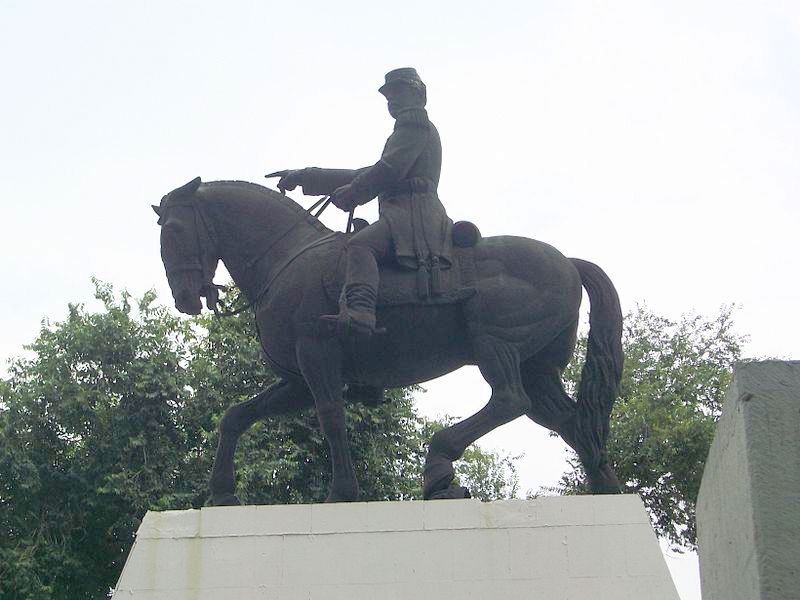
_
 Metro Zaragoza was the terminal station on Line 1 until Metro Pantitlán opened in 1984. One legacy of that early 15-year period, (the station opened in 1969) is that the station is still used as a major transfer point for buses from the east of the City. The station is also home to the first and still principle maintenance yard for the entire Metro system.
Metro Zaragoza was the terminal station on Line 1 until Metro Pantitlán opened in 1984. One legacy of that early 15-year period, (the station opened in 1969) is that the station is still used as a major transfer point for buses from the east of the City. The station is also home to the first and still principle maintenance yard for the entire Metro system.
The station is named for the important Calzada Ignacio Zaragoza. This is a major eastern avenue that runs north-south to the Mexico-Puebla highway. The calzada, and thus the station, are named for Ignacio Zaragoza. He was general of the Army of the East during the Battle of Puebla. The station logo is a representation of the equestrian statue (pictured) in the monument to Zaragoza just south east of the station between the lanes of the avenue.
Today the Metro Zaragoza station is used mostly for transfers to east-bound buses. It also supports a good number of local passengers from the Puebla and Aviación Civil neighborhoods. The avenue outside the station is well-known for a number of LGBT nightclubs. Exit from the Pantitlán-bound platforms. Lots of passengers will also use Metro Zaragoza to reach the playing fields on the eastern end of the Ciudad Deportiva.
 unidad_de_orientacion@metro.cdmx.gob.mx
unidad_de_orientacion@metro.cdmx.gob.mx
 5627 4950 / 5627 4741
5627 4950 / 5627 4741
 https://www.metro.cdmx.gob.mx/
https://www.metro.cdmx.gob.mx/
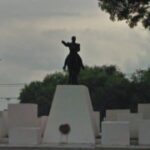
Nearest at 0.31 kms.

Nearest at 0.53 kms.

Nearest at 0.87 kms.

One of Mexico City's biggest indoor sports arenas . . .

80 years of Diablos Rojos history in one fascinating museum.
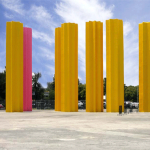
Goeritz' tribute to the Big Dipper...
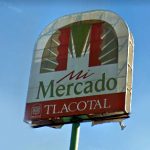
One of Iztacalco's classic neighborhood markets...
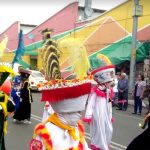
The biggest of Iztacalco's public markets...